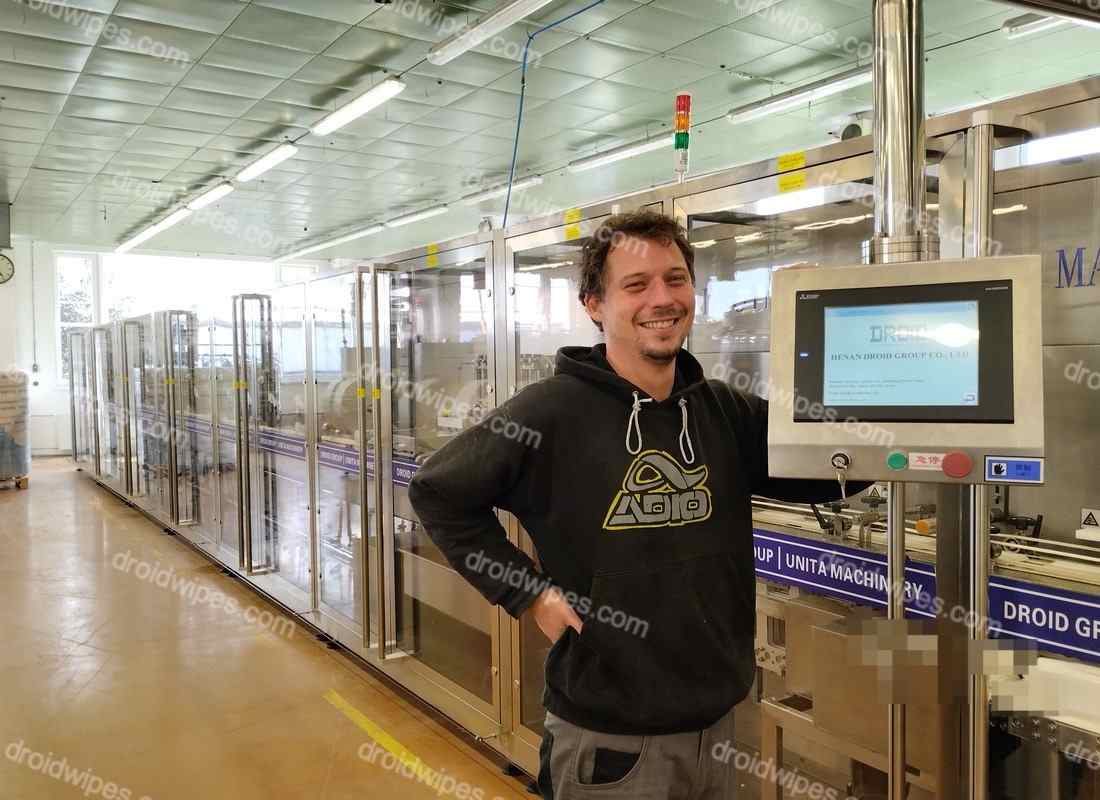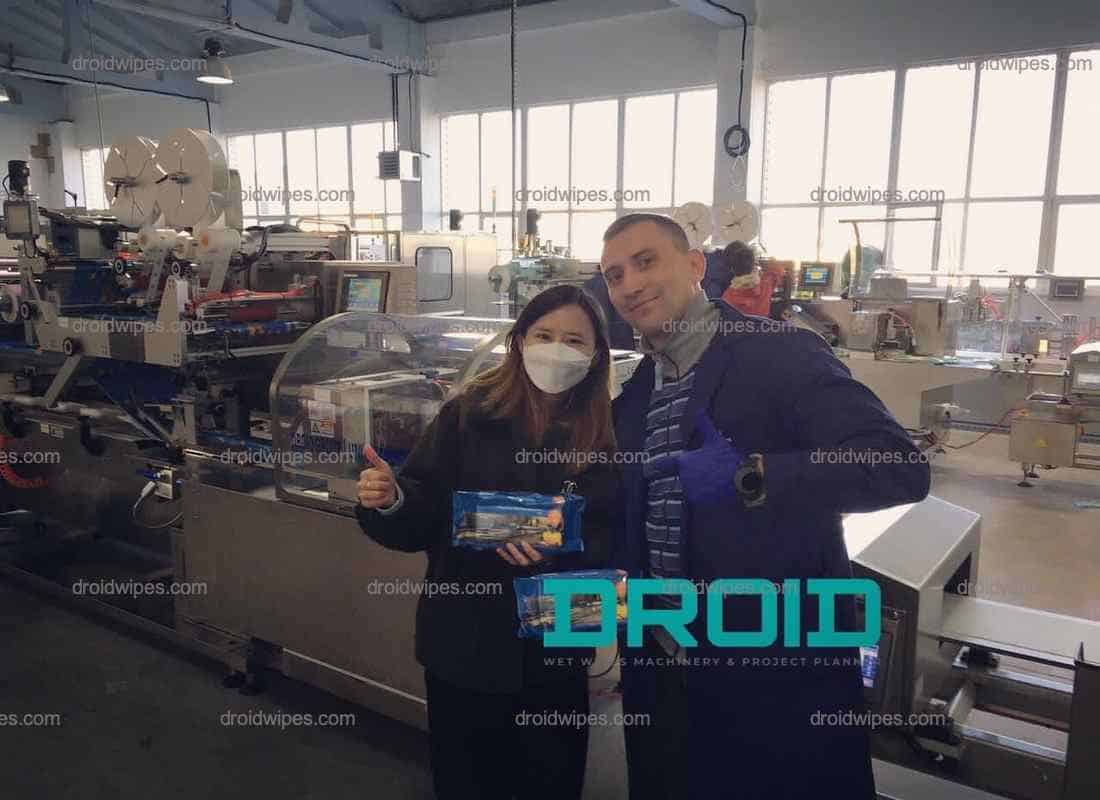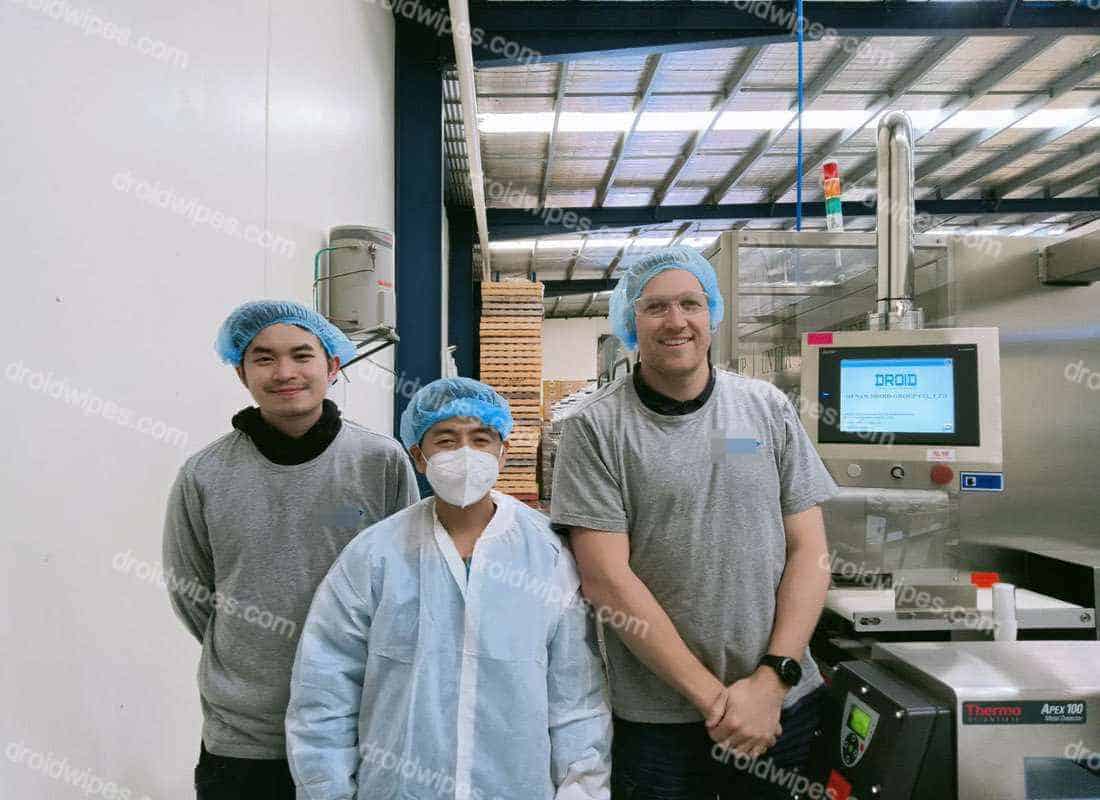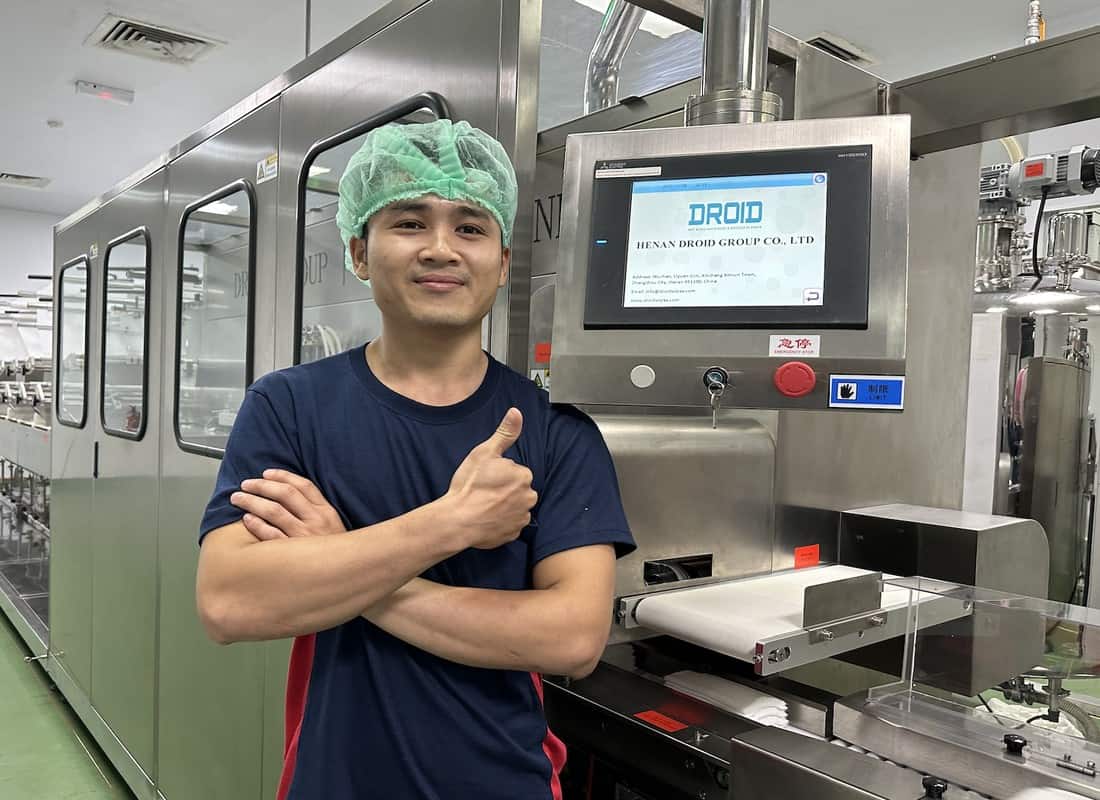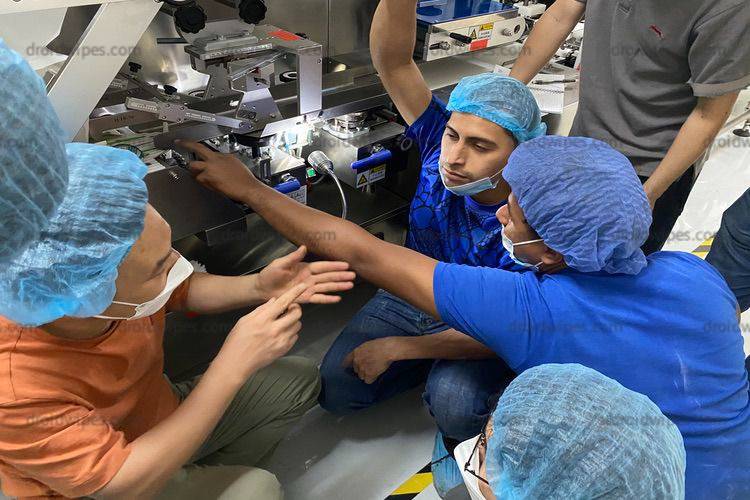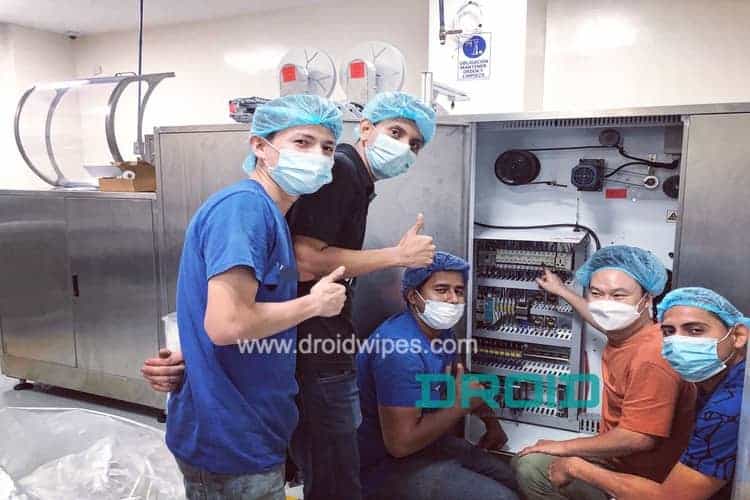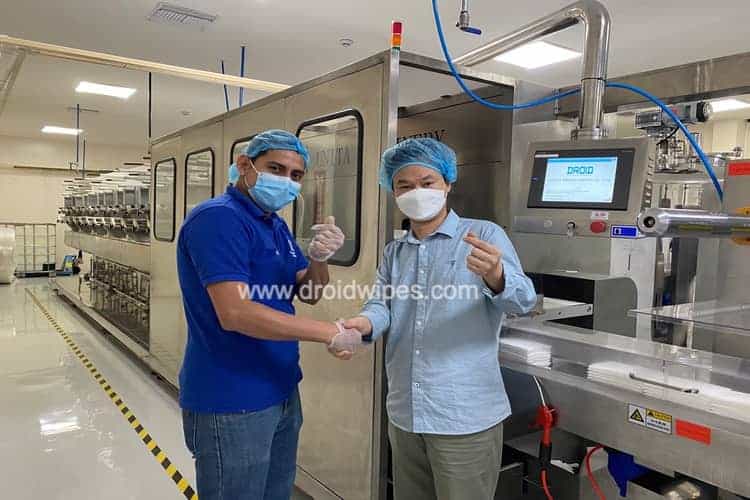Guideline #1: Maintain a Clean and Sanitized Environment
A secure and effective wet wipes manufacturing and production facility must maintain a clean and sanitised environment. A spotless environment reduces the possibility of product contamination and employee illness by preventing the spread of bacteria and other contaminants.
To maintain a clean and sanitary environment, the facility ought to establish and consistently implement cleansing and sanitation protocols. This may involve the routine cleansing of surfaces, apparatus, and machinery with certified cleaning agents and techniques.
Regular facility inspections should be performed to ensure that cleansing and sanitation protocols are being adhered to and to identify areas for improvement. This may involve sample testing and microbiological analysis in order to identify potential areas of contamination.
Guideline #2: Use of Personal Protective Equipment (PPE)
The purpose of PPE is to safeguard workers from exposure to potentially hazardous substances, such as chemicals, dirt, and microorganisms. To avoid the transmission of infection, all employees in the manufacturing facility should be equipped with the proper PPE. Always wear gloves, masks, and protective gear during the manufacturing process to avoid contamination.
Workers should receive instruction regarding the appropriate use and maintenance of personal protective equipment, including how to safely wear and remove PPE and dispose of used PPE. The PPE should be kept in designated areas far from production areas and must be routinely inspected to guarantee it is in good condition.
In addition to providing personal protective equipment, the workplace should also have procedures set up to ensure that employees apply PPE properly and consistently. This may involve frequent monitoring and enforcement of PPE usage, as well as regular instruction and reminders to foster a safety culture at the workplace.
Guideline #3: Hand Hygiene
Hand hygiene is crucial for preventing the transmission of disease. Employees should receive training on appropriate hand sanitation techniques and be encouraged to practise them throughout the workday.
Hand hygiene includes cleansing hands with soap and water for a minimum of 20 seconds, or utilising an alcohol-based hand disinfectant in the absence of hand washing facilities. Before and after handling wet wipes, using the washroom, coughing or sneezing, and handling potentially contaminated materials, employees’ hands should be cleansed or sanitised carefully.
Guideline #4: Quality Control
To ensure the safety and effectiveness of wet wipes manufactured at a manufacturing facility, quality control is essential. It includes a series of procedures and processes to guarantee that the final product meets the required quality, safety, and performance standards.
The quality control procedures may include periodic inspection of the wet wipes for microbiological contamination, pH level, and other quality parameters. Each set of products can be sampled and evaluated in a laboratory to guarantee they satisfy the required standards.
In addition to product testing, quality control may include routine inspections of the production facility to ensure that all equipment and apparatus are operating effectively and that proper hygiene and sanitation procedures are in place.
Guideline #5: Proper Waste Disposal
Proper waste disposal is essential to preserving a safe and sanitary manufacturing and production facility for wet tissues. Improper waste disposal can result in environmental contamination and possible health risks for employees and the surrounding community.
Sorting waste materials into categories such as hazardous waste, non-hazardous waste, and recyclable waste is the first step in proper waste disposal. Hazardous waste materials, such as chemicals or contaminated materials, must be kept separately and disposed of according to local regulations.
Nonhazardous waste, such as packaging materials and general manufacturing waste, must also be separated and disposed of properly. This could consist of recycling, decomposition, or dispersal in marked waste containers.
Waste containers should be adequately labelled so that employees are aware of the waste’s contents and disposal procedures. To prevent contamination, waste containers should be kept in specified locations far from manufacturing facilities and cleared and cleansed on a regular basis.
To prevent the transmission of infection, proper waste disposal measures must be implemented. Any waste that is produced during the manufacturing process must be disposed of correctly in containers that have been assigned.
Guideline #6: Regular Training
New and existing employees should participate in regular training programs to ensure that they are aware of the latest safety and sanitation regulations. Classroom instruction, on-the-job training, and online training modules are all effective training methods. This includes training on the effective use of personal protective equipment, hand hygiene, and other safety procedures.
Guideline #7: Environmental Monitoring
Environmental monitoring is the process of acquiring and analysing information regarding the physical, chemical, and biological characteristics of the environment. This information is used to assess the characteristics of the environment and discover possible sources of pollution that may affect human health and the ecosystem.
Regular environmental monitoring must be performed to guarantee that the manufacturing facility complies with all applicable regulations. This includes the monitoring of air and water quality as well as other environmental parameters.



